|
Hi, I am a Machine Learning Researcher in Mercedes Benz, Research and Developement, India. My research interest lies at the intersection of
Computer Vision, Machine Learning and Human computer interfaces. I am currently working on utilization of synthetic dataset for solving
image processing/complex machine learning task in real world. I develop algorithms that focus on Supervised/Unsupervised/Semi-Supervised Domain Adaptation.
Email /
CV /
Google Scholar /
Github /
|
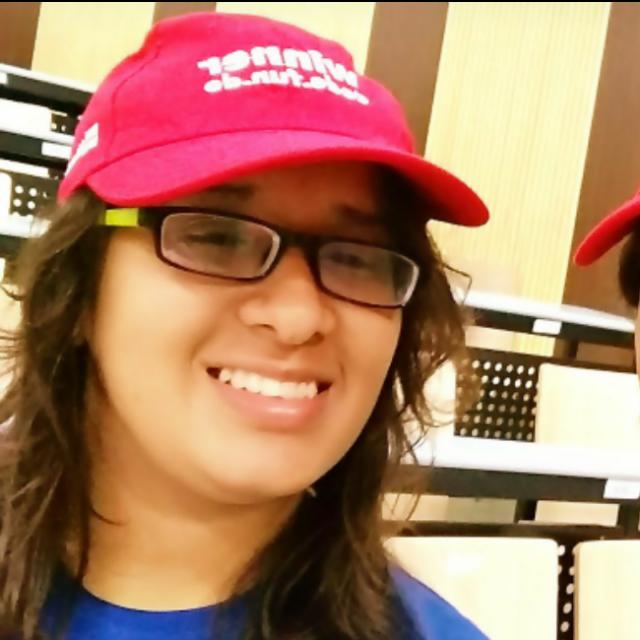
|
|
|
|
|
 |
Abhay Rawat, Isha Dua, Saurav Gupta and Rahul Tallamraju Accepted at ECCV, 2022 Workshop Paper / Code To align the two domains, we leverage contrastive losses to learn a semantically meaningful and a domain agnostic feature space using the supervised samples from both domains. We further use the pseudo-label approach to gradually inject the unlabeled target samples into training by comparing their feature representation to those of the labeled samples from both the source and target domains. |
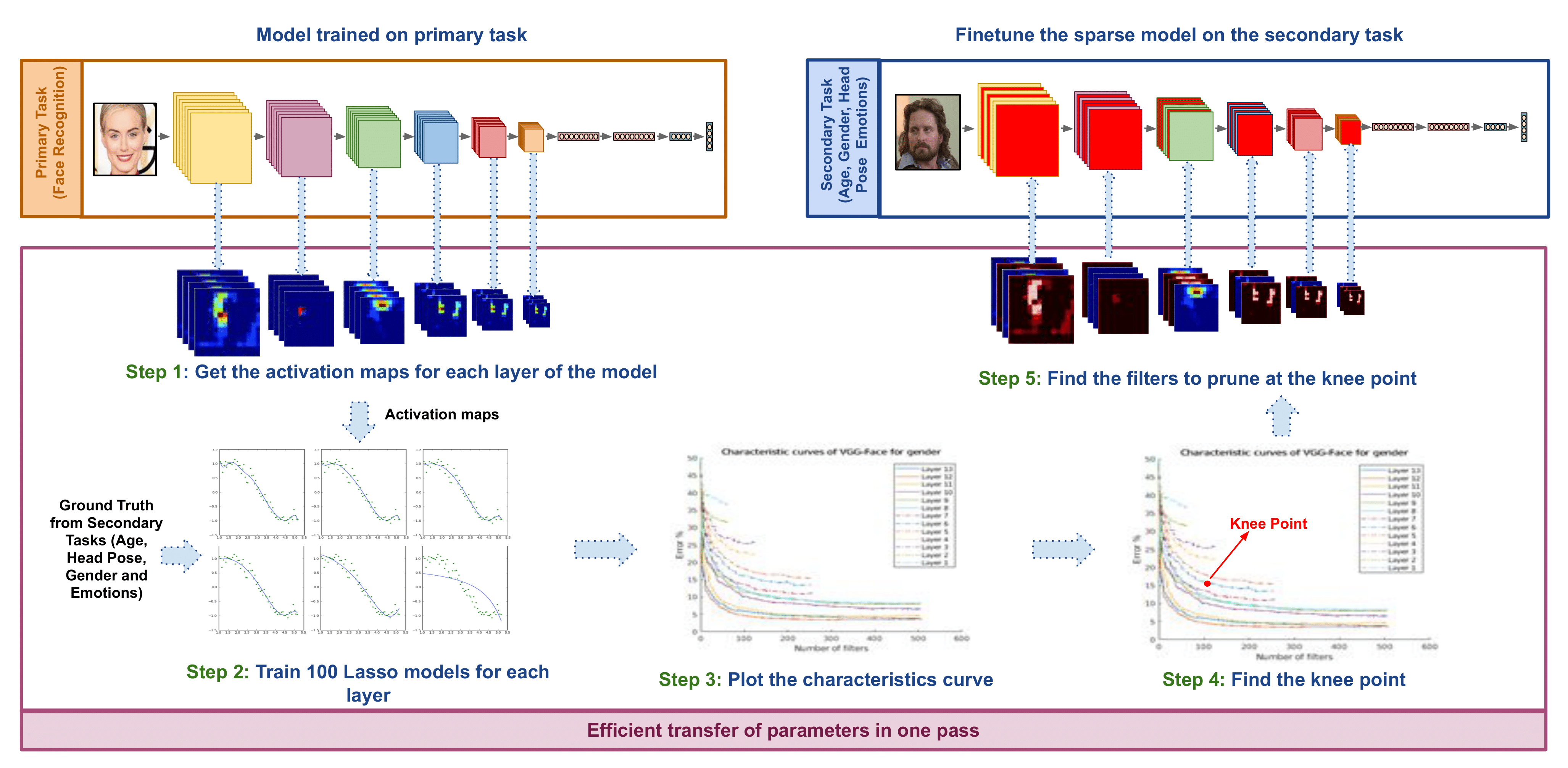 |
Thrupthi Ann John, Isha Dua, Vineeth N Balasubramanian, C. V. Jawahar Accepted at VISIGRAPP, 2022 Paper / Project Page / Video In this paper, we propose a technique that efficiently transfers a pre-trained model to a new task by retaining only cross-task aware filters, resulting in a sparse transferred model. We demonstrate the effectiveness of ETL by transferring VGGFace, a popular face recognition model to four diverse face tasks. |
 |
Isha Dua, Thrupthi Ann John, Riya Gupta, C. V. Jawahar Accepted at IROS 2020 Project Page / Paper / Dataset DGAZE is a new dataset for mapping the driver's gaze onto the road. We collected 7 unique objects on road. For each driver we collected 103 such objects. We provide both point and object annotations for driver gaze on road. |
 |
Isha Dua, Akshay Uttama Nambi, Venkat Padmanabhn, C.V.Jawahar Accepted as Oral Paper in FG2019 Paper AutoRate is a system that leverages front camera of a windshield-mounted smartphone to monitor driver’s attention by combining several features.We derive a driver attention rating by fusing spatio-temporal features based on the driver state and behavior such as he head pose, eye gaze, eye closure, yawns, use of cellphones, etc. |
 |
Isha Dua, Akshay Uttama Nambi, Venkat Padmanabhn, C.V.Jawahar Accepted as Journal paper at TBIOM, IEEE Biometrics 2019 Paper In this work, we propose soft attention mechanism in AutoRate which improves AutoRate’s accuracy by 10%. We use temporal and spatial attention to visualize the key frame and the key action which justify the model’s predicted rating. |
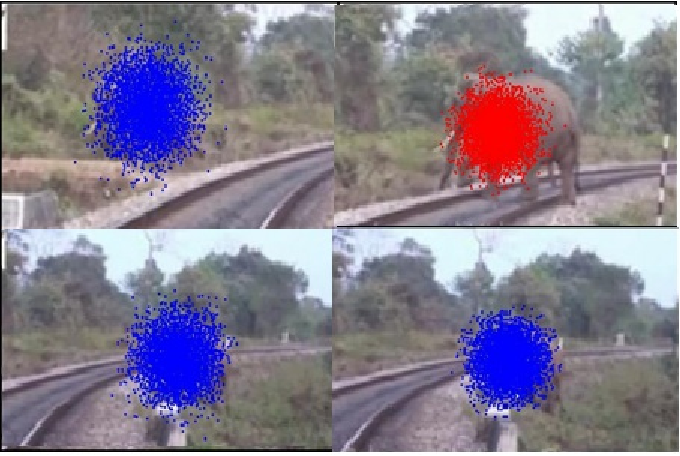 |
Pushkar Shukla, Isha Dua, Ankush Mittal, Balasubramanian Raman Accepted at ICCV, 2017, Workshop Paper / Poster / Presentation The paper proposes a frame-work that relies on computer vision approaches for detecting and preventing Human Elephant Collision. The technique initially recognizes the areas of conflict where accidents are most likely to occur. This is followed by elephant detection system that identifies an elephant in the video frame which is then tracked with respect to the area of conflict with a particle filter algorithm. |
 |
Isha Dua, Pushkar Shukla, Ankush Mittal Accepted at ICIIP, 2015 Arxiv The proposed paper seeks to identify elephants with the aid of a Video Camera. The suggested methodology was applied to zones having high intervention of human beings and elephants. Regions with higher human movements like roads were extracted from the initial video frames. This process is followed by detecting motion in the video frame. The objects in the area of motion are then identified as elephant or non-elephant with the help of PHOG features and Support Vector Machines (SVM) classifiers.. |
|
|
 |
Manager: Brijesh Pillai Currently working on domain adaptation for bridging sim to real gap. Previously worked on developing accelerated deep learning framework for faster training. |
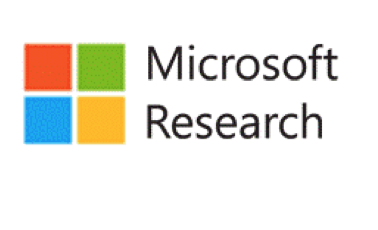 |
Supervisor: Venkat Padmanabhan Summer Internship at Microsoft Research, India. Here I worked on driver attention rating on Indian roads and mapping eye gaze to real world videos. |
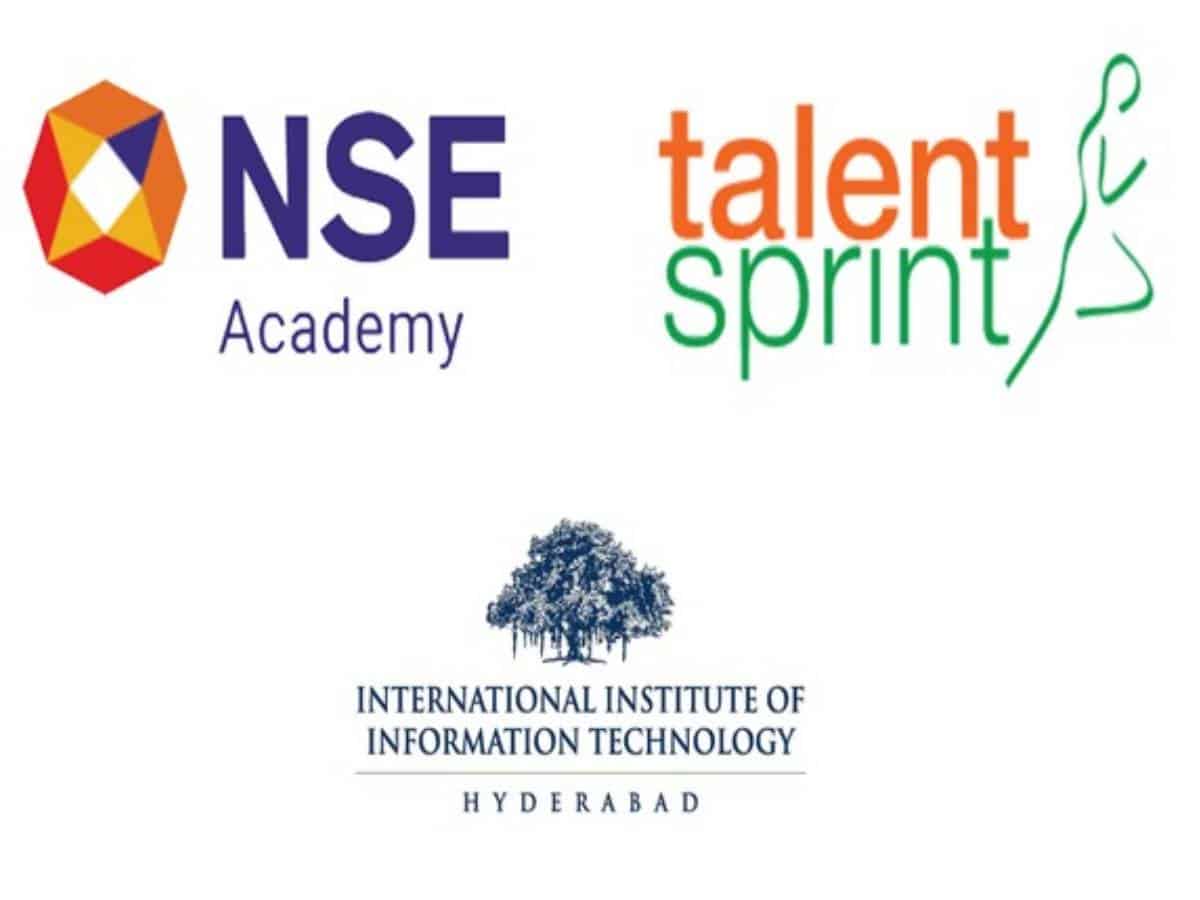 |
Mentor: Professor C.V.Jawahar and Professor Anoop M. Namboodiri . Teaching Assistant at AIML course conducted by Professor C.V.Jawahar and Professor Anoop M. Namboodiri in collaboration with Talent Sprint (Jan 2018-May 2018). |
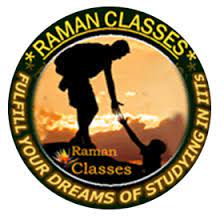 |
Mentor: Professor Ankush Mittal . Teaching Assistant at Raman Classes(Feb 2016 - June 2016). The course was taken by Professor Ankush Mittal. The course focus on teaching all computer science major courses. |
|
|
|
supervised by Professor C.V.Jawahar The project focuses on developing web camera based first person shooter game. It provides advance gaming technology to play video games using head pose and eye gaze. Also, extended the algorithm for browsing articles. |
|
work done at India Hacks, 2017 It is computer vision project in which using the camera which can be web camera or mobile camera, the breathing rate of the person can be determined. |
|
supervised by Professor Anoop Namboodiri The focus is on the task of image stitching by proposing as-projective-as-possible (APAP) warps, i.e., warps that aim to be globally projective, yet allow local non-projective deviations to account for violations to the assumed imaging conditions. |
|
supervised by Professor Avinash Sharma The project use particle filtering algorithm to track elephants and prevent human elephant collision. Using pattern recognization approaches like Multi class-SVM , neural networks etc to distinguish books into different genre purely based on cover and title without aprior knowledge of context,author or origin. |
|
supervised by Professor Vineet Gandhi Using Triangulation method to do morphing between human faces . The idea is to get a sequence of intermediate images which when put together with the original images would represent the change from one image to the other. |
Design and source code from Jon Barron's website
.